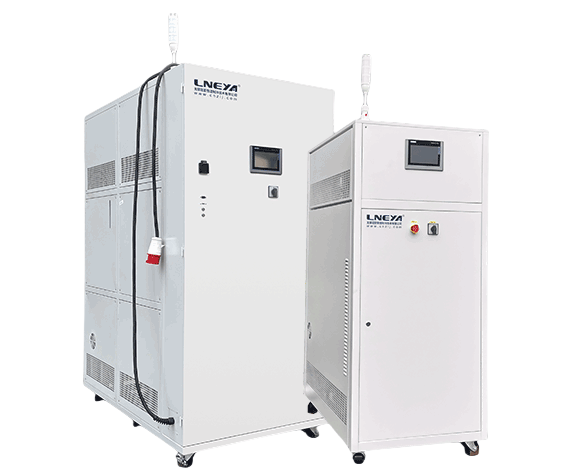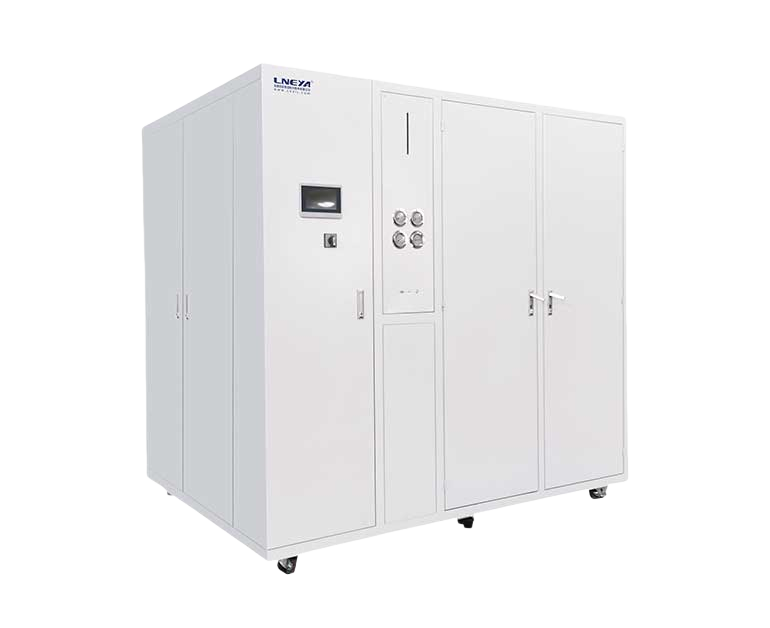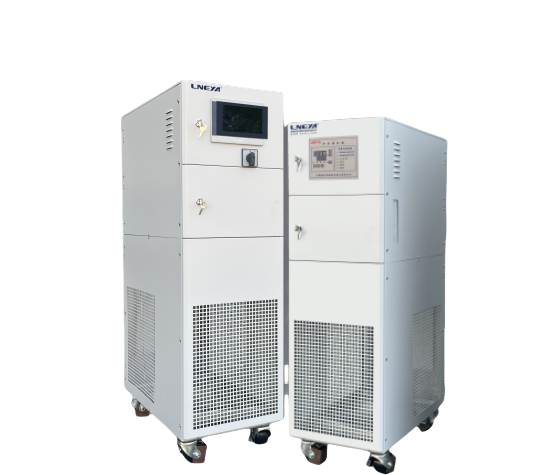ACHEMA 2024
682024 ACHEMA Biochemical Technology Exhibition in Frankfurt, Germany ACHEMA 2024Germany Ahma Biochemical Technology ExhibitionJune 10-14, 2024Ludwig-Erhard-Anlage 1, Frankfurt, GermanyBooth number: 6.1-C55 ,
View detailsSearch the whole station Pharmaceutical Chiller 产品分类菜单
Chilled Water Chillers: Efficiency and Sustainability
Chilled water chillers are an essential component of heating, ventilation, and air conditioning (HVAC) systems, particularly in commercial and industrial settings. These chillers provide cooling by circulating chilled water through a system of pipes, cooling the air before it is distributed throughout a building.

Chiller Efficiency Metrics
The efficiency of a chiller is a critical factor in its performance and operating costs. Common metrics used to measure efficiency include:
kW/Ton: This measures the power input in kilowatts per ton of cooling capacity. A lower kW/Ton value indicates higher efficiency.
Coefficient of Performance (COP): This is the ratio of the cooling output to the power input, with higher values indicating better performance.
Energy Efficiency Ratio (EER): This compares the cooling capacity in BTUs to the power input in watts, with higher EER values signifying greater efficiency.
IPLV/NPLV: These metrics represent the part-load efficiency of a chiller, providing a more accurate representation of the chiller’s actual efficiency under varying loads.
Types of Chillers

Chillers can be categorized into air-cooled and water-cooled systems:
Air-Cooled Chillers: These chillers use fans to dissipate heat directly into the air, making them simpler to install and maintain. They are suitable for areas with limited water resources.
Water-Cooled Chillers: These chillers use water to absorb and dissipate heat, offering higher efficiency and making them ideal for larger-scale operations.
Market Trends and Renewable Energy Integration
The global chiller market is growing, driven by the need for energy-efficient cooling solutions. There is a significant shift towards chillers that use low Global Warming Potential (GWP) refrigerants, aligning with global sustainability goals. The integration of renewable energy sources, such as solar and geothermal energy, with vapor absorption chillers (VACs) is also gaining traction. This integration can provide clean and sustainable cooling, especially in regions with abundant heat energy sources.

Sustainability and the Future of Chillers
As the world moves towards more sustainable energy practices, the role of chillers in reducing energy consumption and carbon emissions becomes increasingly important. The integration of renewable energy with chiller systems not only reduces the environmental impact but also contributes to the development of circular economies, particularly in hot and humid regions where local heat energy is abundant.
Conclusion
Chilled water chillers are indispensable for HVAC systems, providing efficient cooling for a variety of applications. The efficiency of these systems is paramount, with various metrics available to assess performance. As the market evolves, the focus on energy efficiency and environmental sustainability will continue to drive innovation in chiller technology, including the integration of renewable energy sources. The future of chillers is likely to be more sustainable, with a greater emphasis on environmentally friendly refrigerants and renewable energy integration.
2024 ACHEMA Biochemical Technology Exhibition in Frankfurt, Germany ACHEMA 2024Germany Ahma Biochemical Technology ExhibitionJune 10-14, 2024Ludwig-Erhard-Anlage 1, Frankfurt, GermanyBooth number: 6.1-C55 ,
View detailsLaboratory cooling heating circulators -20°C ~ 300°CMain featuresApplication areasSelection points Laboratory cooling and heating circulators are widely used in the temperature range of -20°C to 300°C, especially for experiments in the fiel...
View detailsThe heat transfer industry is a critical sector that encompasses the development and application of heat transfer fluids (HTFs) and technologies. These fluids, derived from petroleum sources, are used to prevent overheating and store thermal energy. The industry serves various applications, including oil & gas, chemical processing, concentrated solar power (CSP), and HVAC systems. Key players in the market include Dow Inc, Exxon Mobil Corporation, and others, with Asia Pacific being the dominant market. The global heat transfer fluids market size was estimated at USD 11.06 billion in 2023 and is expected to grow at a CAGR of 3.7% from 2024 to 2030.
View detailsA heater coil manufacturer specializes in creating electric heating elements designed for efficient heat transfer. These coils are used in various applications, including plastic injection molding, packaging, and food processing. They offer rapid heating response, uniform heat distribution, high-temperature capability, and durability. Customizability is a key feature, with options for different materials, watt densities, and temperature control systems. Safety and efficiency are paramount, with proper electrical safety measures and heat management strategies in place. The global market for heating coils is expected to grow, with leading manufacturers like Sandvik Materials Technology and Watlow Electric Manufacturing contributing to market share.
View details